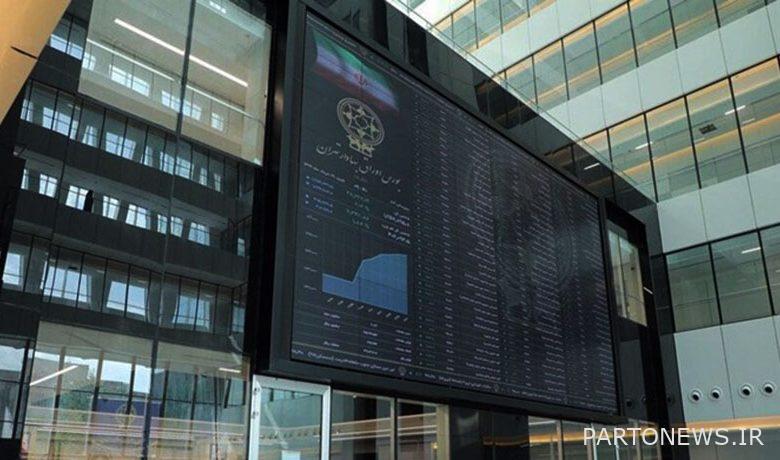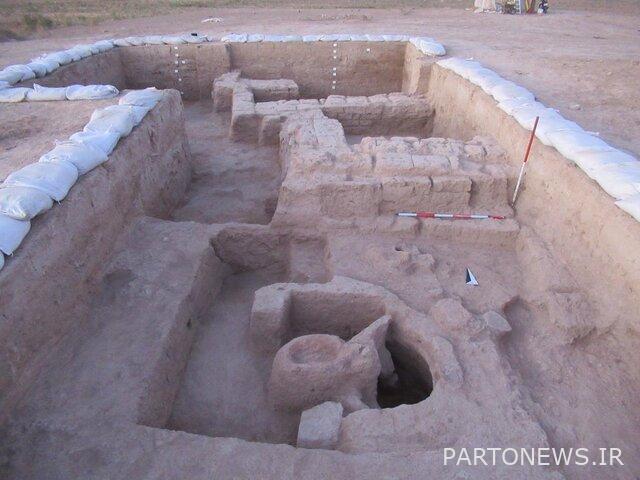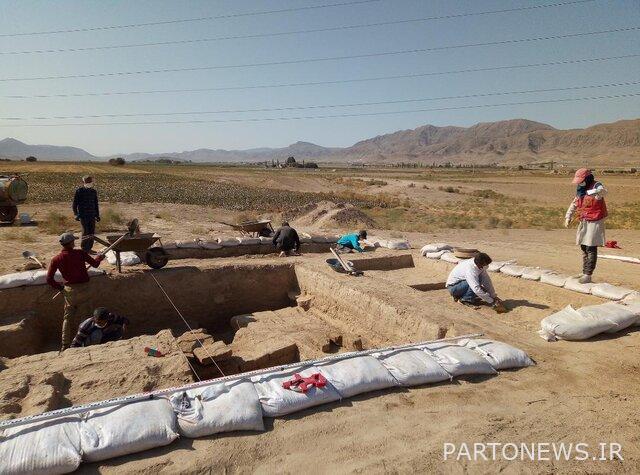Discovery of remnants of the Medes in northeastern Iran

The discovery of the remains of a military fortress related to 2700 years ago, simultaneously with the Median Empire, the Iron Age cemetery and a piece of pottery written in the Sassanid Pahlavi script, was announced as one of the most important achievements of joint Iranian-German archeological excavations in the historical site “Ravi”.
According to ISNA, quoting the public relations of the Cultural Heritage and Tourism Research Institute, Mohammad Javad Jafari, head of the National Cultural Heritage Database of the Ravi Historical Site, said about these discoveries: Significant results completed.
He added: “In the process of excavating previous years, parts of a Bronze Age cemetery (3700 years ago) in the northern part and this year the remains of another late Iron Age cemetery (2600-2900 years ago) in the southeastern part of the pulmonary historical site have been identified.” It was found that the study of human remains of these two cemeteries is very important in understanding the past settlement communities of the region.
Jafari stated: The discovery of the remains of a military fortress at the same time as the Median Empire in the southern part of the historical pulmonary site also indicates the existence of small governments of the Median Empire at the same time or under the control of the Medes in the northeastern parts of their territory.
The archaeologist, stating that the center of the Median Empire was located near present-day Hamedan (Hegmataneh) and so far little evidence of the expansion of the empire to modern Khorasan has been discovered, said: Sassanid pottery in the northern parts of the area and among the brick buildings The rest of this period was obtained which indicates the continuation of the political and economic importance of the historical pulmonary site until the Sassanid period.
According to him, this inscription contains two words that seem to refer to a specific name and may refer to the name of a person or a historical place in the Sassanid period.

The Iranian supervisor of the ninth chapter of the joint Iranian-German archeological excavation of the pulmonary historical site continued: One of the most important scientific questions in the archaeological studies of the pulmonary historical site has been the discovery of the historical name of this city, which is very important in historical studies of northeastern Iran.
He added: “According to the findings and archaeological evidence obtained during 9 years of archaeological research from the historical site of Ravi, this area can be considered an important settlement that from 3700 years ago (late Bronze Age) to one thousand years ago (early Islamic centuries) settlement sequence had.
Jafari also said: “According to preliminary scientific views, the pulmonary area can be introduced as an urban settlement that was formed at the same time as the Medes Empire and still had an urban identity during the Achaemenid, Parthian and Sassanid periods.”
He added: Around the year 400 AD, which is the middle of the Sassanid Empire, the urban settlement of this area is destroyed or abandoned and a small rural settlement is formed in the eastern part of the area from the early Islamic period.

The archaeologist said: 2700 years of settlement remains of different communities, the pulmonary historical site has become one of the most important historical monuments in the northeast of the country, both in terms of new archaeological research and tourism capacities, and hopes a new chapter of scientific and civil activities in this The site in the form of the “National Cultural Heritage Base of the Pulmonary Historic Site” will provide a suitable platform for the flourishing of scientific and tourism capacities of this historical monument.
Jafari, stating that the proximity of this historic city to the Gorgan-Mashhad communication road has provided a good opportunity to create a tourism museum site and the growth of the region’s tourism industry, said: , Handicrafts and tourism of North Khorasan and the German Archaeological Institute since 1391.


